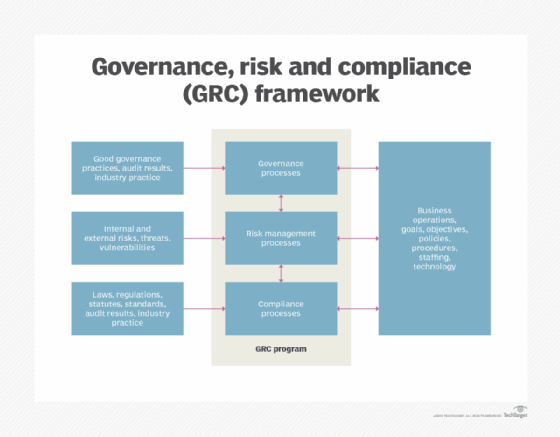compliance automation
What is compliance automation?
Compliance automation, also known as automated compliance, is the practice of using technology -- such as applications with artificial intelligence (AI) features -- to perform and simplify compliance procedures.
How does compliance automation work?
Automated compliance software provides organizations with compliance workflow capabilities, such as self-assessment, corrective action planning, and controls analysis and testing. Automating these processes can replace manual spot checks.
Compliance monitoring tools are set up with the organization's security policies. Regulations related to a company's industry, configurations, accounts, inventories and security measures are copied into the compliance automation software to detect violations. The organization can change or update this knowledge base of compliance regulations and security standards at any time.

Use cases for compliance automation
Automated compliance is beneficial for organizations that process sensitive information or that must adhere to stringent rules and standards for protecting customer data, such as hospitals and banks. In light of continuously evolving requirements, automating regulatory compliance processes can improve productivity and accuracy for internal auditors and senior management in these sectors.
Benefits of compliance automation
Automating compliance processes has several benefits, including the following:
- Automated compliance procedures are more time and cost effective than manual controls.
- Personnel can access and check compliance status and audit information on a single dashboard.
- Real-time data helps leaders make more informed risk management decisions.
- Automation makes it easier to implement uniform compliance policies across IT environments, including physical servers, private clouds, public clouds and containers.
- Automated compliance software can continuously verify compliance requirements, manage third-party risks and catch potential weaknesses.
- Automation can minimize inadequacy and inaccuracy in compliance workflows and reporting, reducing the likelihood of fines and other penalties for breaches.








